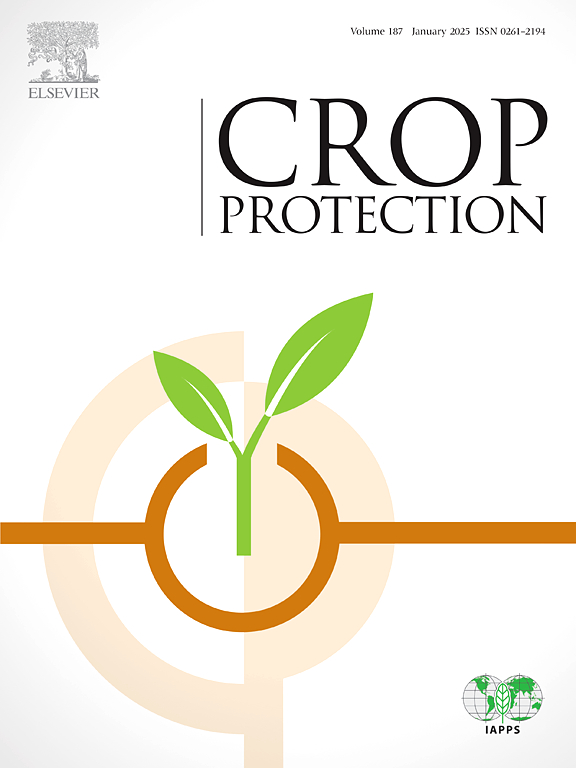Drivers of cotton yield response to topping in farmers’ fields in Mali
IF 2.5
2区 农林科学
Q1 AGRONOMY
引用次数: 0
Abstract
Manual topping of cotton plants, which involves cutting off the terminal bud at the top of the main stem, has agronomic benefits, such as reducing vegetative exuberance, ensuring earlier production, or increasing yield by producing more bolls per plant. This technique also offers a promising alternative to chemical control by depriving certain pests of resources and triggering the plant's natural defenses. In Mali, though on-station experiments showed that topping did not substantially increase seed cotton yield, many growers have already adopted this technique mainly due to increased production.
In the present study, a survey of a network of 200 pairs (topped vs. non-topped) of farmers' cotton plots was performed to verify this statement and to identify the local (cultivation practices and environment) and ecological factors (rainfall, landscape context) that modulate the response of cotton yield to topping. In farmers’ plots, cotton topping contributed to a 25% increase in the seed cotton yield. The yield response to topping increased with the earliness of planting, the cumulative rainfall received after topping, regardless of the planting date, the supply of manure, and the pressure of piercing-sucking insects, which topping significantly reduced. The integration of topping into cotton-growing systems should be associated with other levers to reduce the dependence on chemical inputs, and sociotechnical obstacles should be considered to stimulate the participatory design of new sustainable cotton production strategies.
求助全文
约1分钟内获得全文
求助全文
来源期刊

Crop Protection
农林科学-农艺学
CiteScore
6.10
自引率
3.60%
发文量
200
审稿时长
29 days
期刊介绍:
The Editors of Crop Protection especially welcome papers describing an interdisciplinary approach showing how different control strategies can be integrated into practical pest management programs, covering high and low input agricultural systems worldwide. Crop Protection particularly emphasizes the practical aspects of control in the field and for protected crops, and includes work which may lead in the near future to more effective control. The journal does not duplicate the many existing excellent biological science journals, which deal mainly with the more fundamental aspects of plant pathology, applied zoology and weed science. Crop Protection covers all practical aspects of pest, disease and weed control, including the following topics:
-Abiotic damage-
Agronomic control methods-
Assessment of pest and disease damage-
Molecular methods for the detection and assessment of pests and diseases-
Biological control-
Biorational pesticides-
Control of animal pests of world crops-
Control of diseases of crop plants caused by microorganisms-
Control of weeds and integrated management-
Economic considerations-
Effects of plant growth regulators-
Environmental benefits of reduced pesticide use-
Environmental effects of pesticides-
Epidemiology of pests and diseases in relation to control-
GM Crops, and genetic engineering applications-
Importance and control of postharvest crop losses-
Integrated control-
Interrelationships and compatibility among different control strategies-
Invasive species as they relate to implications for crop protection-
Pesticide application methods-
Pest management-
Phytobiomes for pest and disease control-
Resistance management-
Sampling and monitoring schemes for diseases, nematodes, pests and weeds.
 求助内容:
求助内容: 应助结果提醒方式:
应助结果提醒方式:


